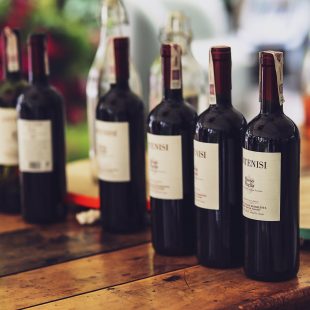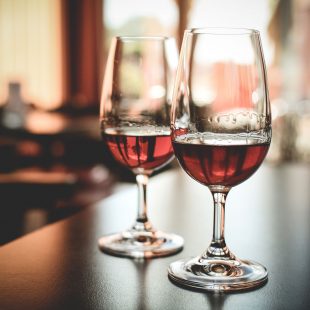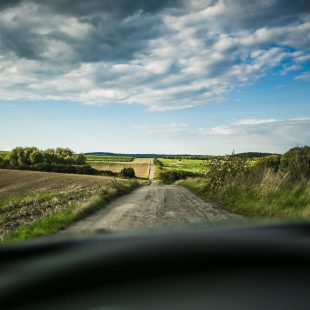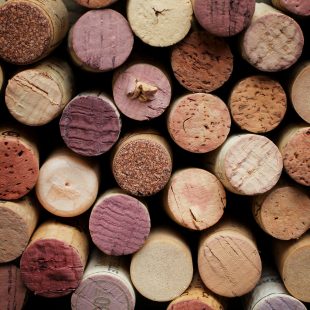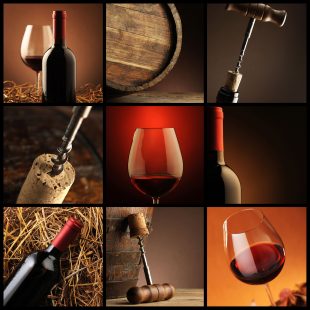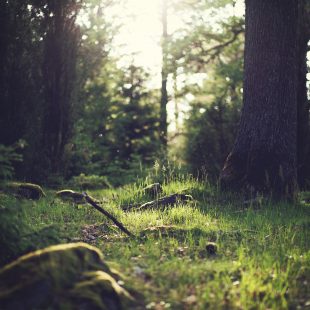Dark & Light Skins
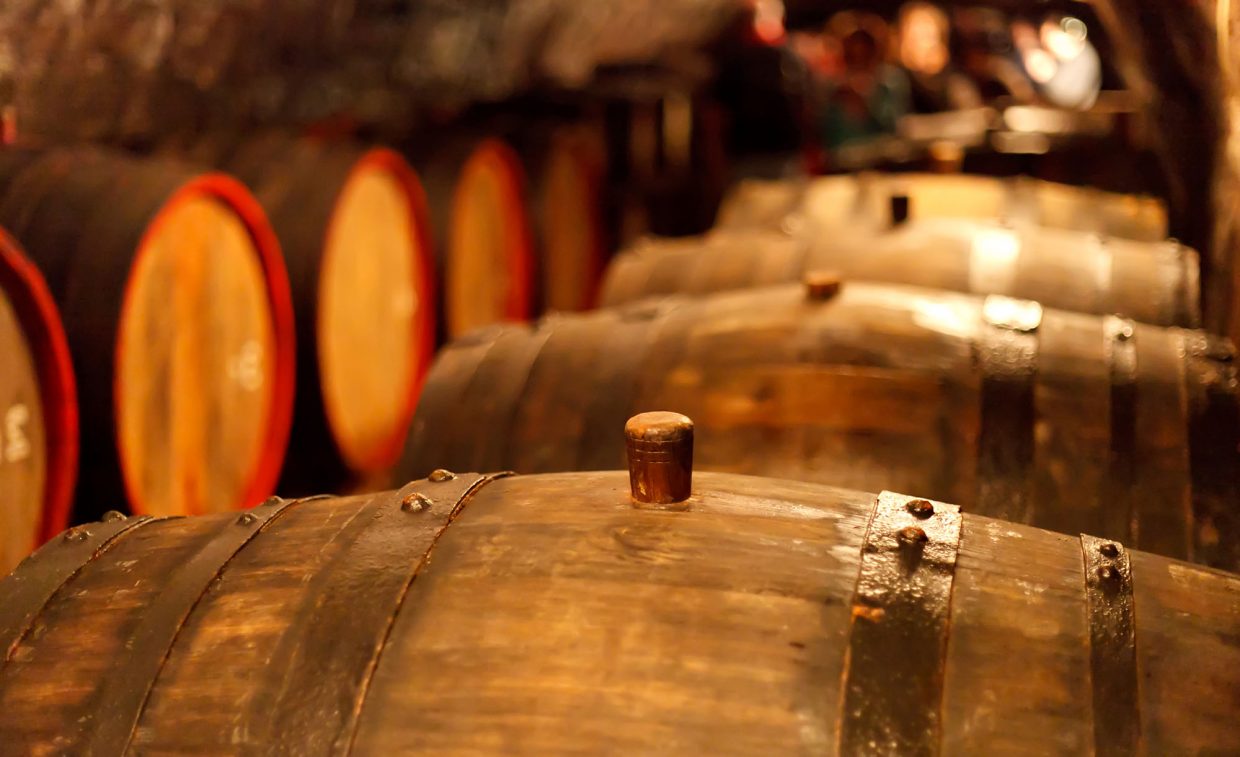
Burgundy wine (French: Bourgogne or vin de Bourgogne) is wine made in the Burgundy region in eastern France, in the valleys and slopes west of the Saône River, a tributary of the Rhône. The most famous wines produced here—those commonly referred to as “Burgundies”—are dry red wines made from Pinot noir grapes and white wines made from Chardonnay grapes. Red and white wines are also made from other grape varieties, such as Gamay and Aligoté, respectively. Small amounts of rosé and sparkling wines are also produced in the region. Chardonnay-dominated Chablis and Gamay-dominated Beaujolais are formally part of the Burgundy wine region, but wines from those subregions are usually referred to by their own names rather than as “Burgundy wines”. Burgundy has a higher number of appellations d’origine contrôlée (AOCs) than any other French region, and is often seen as the most terroir-conscious of the French wine regions. The various Burgundy AOCs are classified from carefully delineated Grand Cru vineyards down to more non-specific regional appellations. The practice of delineating vineyards by their terroir in Burgundy goes back to medieval times, when various monasteries played a key role in developing the Burgundy wine industry.
Burgundy is home to some of the most expensive wines in the world, including those of Domaine de la Romanée-Conti, Domaine Leroy, Henri Jayer, Emmanuel Rouget, Domaine Dugat-Py, Domaine Leflaive and Domaine Armand Rousseau
However, some top vintage first growth Bordeaux wines and a few iconic wines from the New World are more expensive than some Grand Cru class Burgundies.
Its renown goes back many centuries; in 1522 Erasmus wrote: “O happy Burgundy which merits being called the mother of men since she furnishes from her mammaries such a good milk” This was echoed by Shakespeare, who refers in King Lear to “the vines of France and milk of Burgundy”.
To accompany the finer wines, especially “the wines of the Cote [d’Or], it is recommended to taste some great cheeses like that of Citeaux, or ‘l’ami du Chambertin’ or ‘l’amour de Nuits'”. British wine critic Jancis Robinson emphasizes, “price is an extremely unreliable guide” and “what a wine sells for often has more to do with advertising hype and marketing decisions than the quality contained in the bottle.” While Grand Crus often command steep prices, village level wines from top producers can be found at quite reasonable prices. In 2010, the Burgundy region experienced a notable increase in internet coverage thanks to official efforts like the online broadcast of the famous Hospices de Beaune, as well as the efforts of independent wine aficionados, such as Bourgogne Live. Some burgundies are also increasingly valued as investment wines. Fans of Burgundy wine have been organizing events celebrating its virtues for decades. The most famous of these is La Paulée de Meursault.

